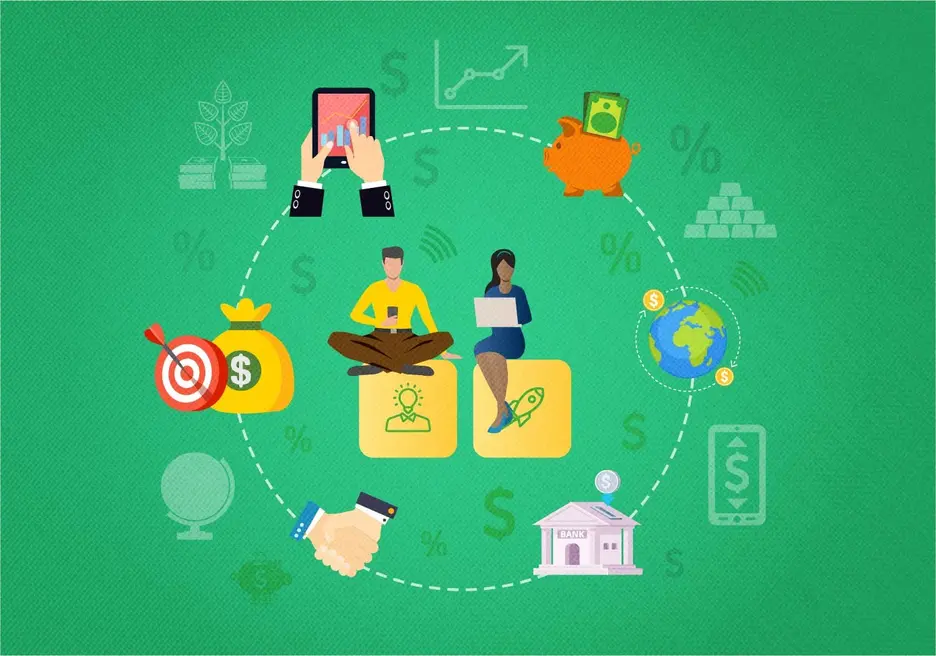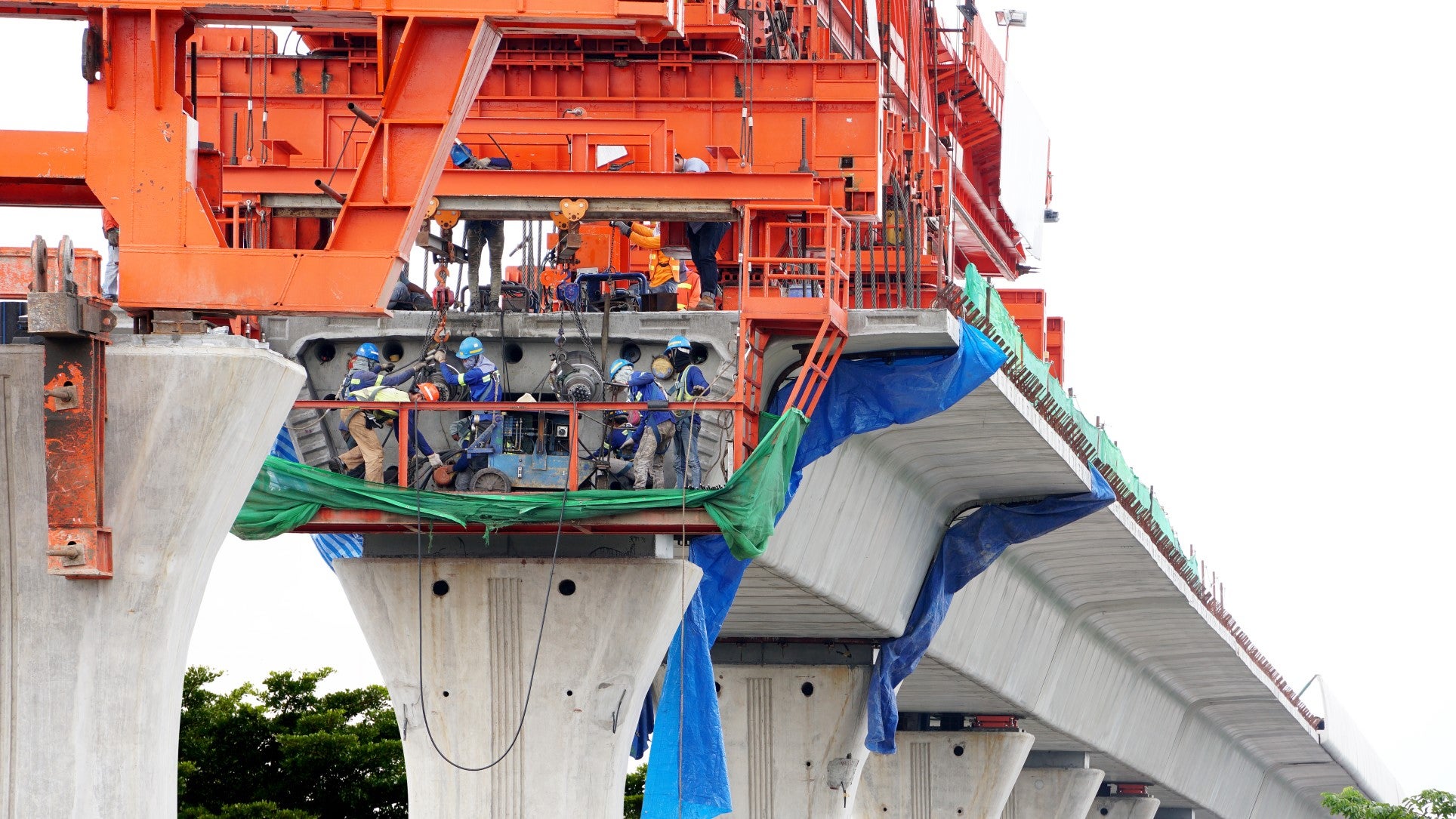Here’s one example of how Big Data helps transportation in our region

“Watch out! Heavy traffic reported ahead.”
This is a common alert sounded by the Israeli-born Waze navigation app. Launched in 2006 and acquired by Google in 2013, it gathers real-time data on accidents, traffic, and other road hazards via crowdsourcing, providing a platform for drivers to help other drivers get to their destinations more quickly and safely.
But it is not just drivers who benefit from Waze. Each interaction collects precious data, a boon for transportation agencies, first responders and city planners looking to improve road safety, reduce congestion, and minimize emergency response times, among other needs.
This big data is also invaluable for development institutions such as the IDB Group to help assess the impact of the transport projects we finance. Thanks to our partnership with Waze’s Connected Citizens Program, we have access to anonymized real-time data feeds on traffic congestion and other transport events throughout Latin America and the Caribbean. The opportunities for the public and private sectors to apply this data to promote sustainable mobility in the region will be the focus of our second Latin America Regional Summit hosted by Waze, IDB, and IDB Invest on May 14-15 in Mexico City.
Sustainable mobility in a highly urbanized region
Sustainable transport is a critical challenge facing Latin America and the Caribbean, and it underpins many of the Sustainable Development Goals (SDGs). With almost 80 percent of the population living in cities and a climbing motorization rate that exceeds those in Africa, Asia, and the Middle East (176 vehicles per 1,000 population), the region struggles with high levels of traffic congestion, accidents, and pollution. Therefore, making well-informed infrastructure investment decisions that result in cleaner, safer, more accessible and reliable urban transportation systems is key.
However, traditionally, the ability of transportation agencies to plan, manage, and evaluate the effectiveness of road projects has been hampered by heavy reliance on costly data collection systems. Similarly, most evaluations in the sector have been based on simulated data on travel time savings and vehicle operating cost reductions.
In a recently published urban transport review, we highlight the very few cases where ex-post empirical evidence has been generated to measure the impacts of urban transport interventions on factors such as congestion levels and traffic accidents. Access to Waze data opens the door to new opportunities for impact measurement and for guiding future transport investments.
How Waze data helps a transport agency to track traffic congestion in Buenos Aires
Argentina: Harnessing the power of big data
As part of our collaboration with Waze, every two minutes we receive real-time geocoded data on traffic conditions and alerts reported by Waze users from across the region. We are now analyzing this data closely with some of our clients to evaluate the impacts of their transport projects. For example, we are working with Autopistas Urbanas S.A. (AUSA), the leading urban transport operator in the city of Buenos Aires, Argentina.
IDB Invest provided financing to AUSA for the construction of the Lacarra Bridge, which was opened in September 2018, creating a new connection between the City of Buenos Aires and lower income areas in the southern portion of the Province of Buenos Aires. The bridge is expected to alleviate traffic on the existing nearby Alsina and De la Noria access bridges by facilitating the circulation of over 15,000 vehicles daily, benefitting approximately 300,000 users.
Waze data is helping us determine if reality is measuring up to these expectations. Using impact evaluation techniques, we are currently analyzing changes in congestion on the Alsina and De La Noria bridges, in comparison to other similar access points in the city. By observing changes over time both in areas affected and not affected by the Lacarra investment, we aim to control for other external events that may have happened simultaneously and that might have influenced overall city congestion levels.
This analysis –the results of which will be published later this year– will not only provide AUSA with a rigorous measurement and understanding of the benefits generated by their work but will also help us to quantify IDB Invest’s contribution to promoting sustainable mobility in the region. AUSA has also become an active partner in Waze’s Connected Citizens Program and is now using the data to better understand traffic conditions in Buenos Aires (as seen in the dynamic graphic above) and to inform decision-making around investment priorities in the coming years.
Next time you report a traffic incident through the Waze app telling others to “Watch out!” for something on the road ahead, think about how you are contributing to improving urban transport on a much broader scale.■
LIKE WHAT YOU JUST READ?
Subscribe to our mailing list to stay informed on the latest IDB Invest news, blog posts, upcoming events, and to learn more about specific areas of interest.
Subscribe



